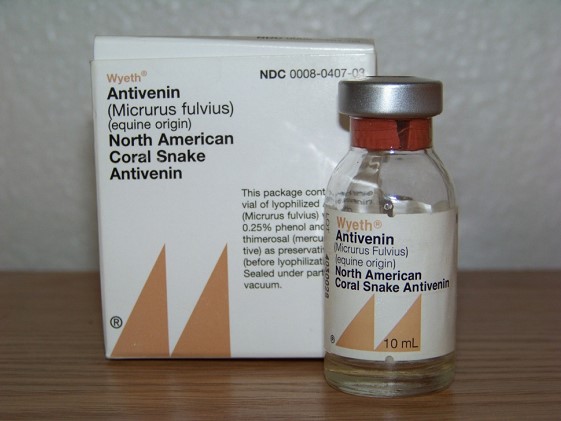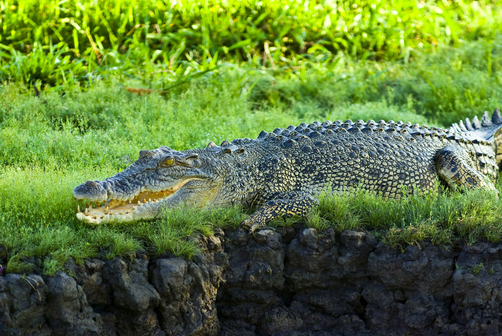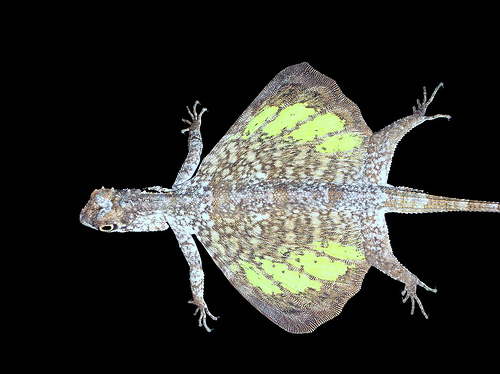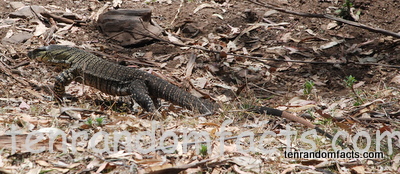
Snake antivenom is a human life-saver… but comes from horses!
- ‘Snake antivenom’ is also known as ‘snake antivenin’ and ‘snake antivenene’.
- Snake antivenom is typically a liquid substance that contains antibodies that help destroy snake venom.
- Snake antivenom is created by injecting the snake’s venom, which has been ‘milked’, into an animal, such as a horse, which will create antibodies that are later extracted.
- Snake antivenom should always be given to a snake-bite victim if the snake is poisonous and the venom has spread through the victim’s body.
- Allergic reactions can occur after a patient has been given snake antivenom, but it only occurs in 10% of patients.
 Original Source: Unkn0wn
Original Source: Unkn0wn
- Snake antivenom should be administered when symptoms such as headaches, pains, loss of consciousness, paralysis and nausea occur, and a snakebite may have occurred.
- Snake antivenom should not be frozen but instead refrigerated, and usually has a storage life of three years.
- Snake antivenom was invented in 1894 by Léon Charles Albert Calmette, a French immunologist.
- Snake antivenom can cost up to $1600 per vial, depending on the type, while a single person with a snake bite can use as many as 20 to 25 vials.
- Snake antivenom can take years to make, and take more years for approval by the World Health Organization (WHO) before the product is usable.
Bibliography:
Australian Snake Bites, 2011, University of Sydney, http://www.anaesthesia.med.usyd.edu.au/resources/venom/snakebite.html
Main D, How to Make Antivenom—And Why the World is Running Short, n.d, Popular Mechanics, http://www.popularmechanics.com/science/health/med-tech/how-to-make-antivenom-why-the-world-is-running-out#slide-1
Snake Antivenom, 2013, Wikipedia, http://en.wikipedia.org/wiki/Snake_antivenom

















